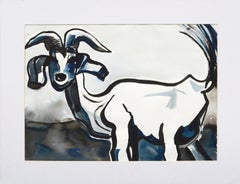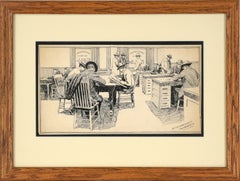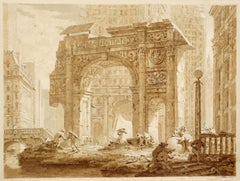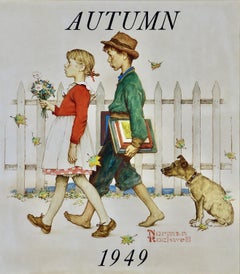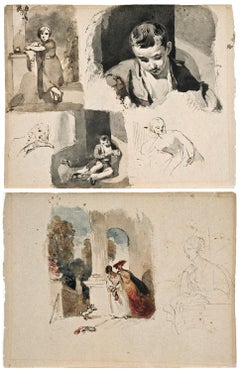
Figural Studies
View Similar Items
Want more images or videos?
Request additional images or videos from the seller
1 of 5
Thomas SullyFigural Studies
About the Item
- Creator:Thomas Sully (1783 - 1872, American)
- Dimensions:Height: 8.7 in (22.1 cm)Width: 11.5 in (29.21 cm)
- Medium:
- Movement & Style:
- Period:
- Condition:
- Gallery Location:New York, NY
- Reference Number:Seller: APG 8790.0021stDibs: LU236863652
About the Seller
5.0
Recognized Seller
These prestigious sellers are industry leaders and represent the highest echelon for item quality and design.
Established in 1952
1stDibs seller since 2010
34 sales on 1stDibs
Typical response time: 8 hours
Associations
Art Dealers Association of America
Authenticity Guarantee
In the unlikely event there’s an issue with an item’s authenticity, contact us within 1 year for a full refund. DetailsMoney-Back Guarantee
If your item is not as described, is damaged in transit, or does not arrive, contact us within 7 days for a full refund. Details24-Hour Cancellation
You have a 24-hour grace period in which to reconsider your purchase, with no questions asked.Vetted Professional Sellers
Our world-class sellers must adhere to strict standards for service and quality, maintaining the integrity of our listings.Price-Match Guarantee
If you find that a seller listed the same item for a lower price elsewhere, we’ll match it.Trusted Global Delivery
Our best-in-class carrier network provides specialized shipping options worldwide, including custom delivery.More From This Seller
View AllArm
By Frantisek Kupka
Located in New York, NY
Pastel on paper
13 x 19 in. (33 x 48.2 cm.)
Signed (at lower right): Kupka
EX COLL.: private collection, St. Louis; to Howard Baer, 1972; [Gimpel-Weitzenhoffer Galleries,
New York...
Category
20th Century Figurative Drawings and Watercolors
Materials
Paper, Pastel
$18,000
n Memory of the Great Fire at Chicago (Cartoon for the Mural Lunette in the Chic
Located in New York, NY
On October 8, 1871, one of the greatest fires of modern times broke out in Chicago. Engulfing the entire city within hours, it left over 90,000 people homeless and destroyed thousands of buildings, causing many people to flee into the water to escape the flames. Among the property destroyed were the proudest cultural and civic institutions of the city. While the financial center was rebuilt within a year and trade was greater in 1872 than it had been in 1870, it took over a decade for the city’s cultural resources to recover from the disaster. Many of the city’s best artists did not even return to Chicago for several years. Foreign aid poured in from around the world, with half coming from England alone. It is not surprising therefore, that in 1872 it was an English artist that should have designed the mural for City Hall commemorating the Great Fire...
Category
Late 19th Century Realist Figurative Drawings and Watercolors
Materials
Paper, Charcoal
"JOHN, CLIDESDALE" / "LEVATHAN AND COPPER BOTTOM" [275/276]
By James Edward Deeds Jr.
Located in New York, NY
Graphite and crayon on ledger paper.
Category
20th Century Figurative Drawings and Watercolors
Materials
Crayon, Graphite
"ENDIA STEAMER / "SANTAFEE. LADY" [42/43]
By James Edward Deeds Jr.
Located in New York, NY
Graphite and crayon on ledger paper.
Category
20th Century Figurative Drawings and Watercolors
Materials
Crayon, Graphite
Price Upon Request
"MISS. MARTIN"/ "GRAY. EAGLE" [64/65]
By James Edward Deeds Jr.
Located in New York, NY
Graphite and crayon on ledger paper.
Category
20th Century Figurative Drawings and Watercolors
Materials
Crayon, Graphite
Price Upon Request
"WALK, RACK" (COPPER BOTTOM) / "TALK. ABOUT. NONSINCE, BRIMMER" [277/
By James Edward Deeds Jr.
Located in New York, NY
Graphite and crayon on ledger paper.
Category
20th Century Figurative Drawings and Watercolors
Materials
Crayon, Graphite
You May Also Like
Modernist Goat Portrait in Black and Blue
By Karen Druker
Located in Soquel, CA
Bold modernist portrait of a goat done in black and blue watercolor by Karen Druker (American, 1945). Signed "Druker" in the lower right corner. Presented in an off-white mat. No fra...
Category
21st Century and Contemporary American Realist Animal Drawings and Water...
Materials
Watercolor, Laid Paper
The Illustrator's Workroom at The San Francisco Call, Late 19th C. Illustration
By Adolph Methfessel
Located in Soquel, CA
Skillful late 19th century realist drawing of illustration Newspaper artists at work at the Republican National Convention by Adolph Methfessel (American, 1876-1912)., c.1898. This p...
Category
Early 1900s American Realist Figurative Drawings and Watercolors
Materials
Paper, India Ink
Manhattan Arch
Located in New York, NY
Anthony Baus is an alumnus and instructor of the Grand Central Atelier in Long Island City, New York. His unique artistic vision, which mines the world of the Old Masters and antiqui...
Category
21st Century and Contemporary American Realist Figurative Drawings and W...
Materials
Ink, Pen, Paper
Young Love: Walking to School, Four Seasons Calendar Illustration
By Norman Rockwell
Located in Fort Washington, PA
Illustrated for the 1949 Four Seasons Calendar, published by Brown and Bigelow.
A young girl holds a freshly-picked bouquet of flowers as she strolls alongside a boy who carries he...
Category
1940s American Realist Figurative Paintings
Materials
Paper, Ink, Watercolor
La Loire
Located in Middletown, NY
Pen and black ink on watermarked Ingres laid paper, 9 1/4 x 12 1/4 inches (234 x 310 mm), signed, dated and titled in brown ink, and initialed and titled in black ink in the lower right corner. Light to moderate age tone and mat tone, and with the signature and notations in brown ink having become quite attenuated, although legible. Presented in a basic black wood frame with a label from the Country Art...
Category
Mid-20th Century American Realist Landscape Drawings and Watercolors
Materials
Ink, Handmade Paper, Pen
Rare 1950s Original Syndicated Ink Drawing Cartoon Strip Susie Q Smith Comic Art
Located in Surfside, FL
SUSIE Q. SMITH
Medium: Newspaper comics
Distributed by: King Features Syndicate
First Appeared: 1945
Creators: Linda and Jerry Walter
6.5 X 18
Like her contemporaries, Aggie Mack, Candy and Patsy Walker (before her conversion to a superhero), Susie Q. Smith was a female Archie-type — not exactly an imitator, because Archie, who had started only four years earlier, hadn't yet become popular enough to spawn imitators, but part of his genre. She attended high school, where her teachers often seemed unreasonable to her, interacted with the opposite gender in a typically adolescent way, and her parents didn't completely understand her. And she was cute and perky as only a teenage girl can be.
Susie was the star of a comic strip distributed by King Features, the biggest of the comic strip syndicates, whose other offerings have ranged from Jackys Diary to Prince Valiant. King launched the strip in both daily and Sunday form in 1945. Daily, she was only in a panel at first, but it expanded into a full, multi-panel strip on February 7, 1953. In a very odd turn of events, in 1953 the Walters chose to leave King Features behind and hitch their wagon at the McNaught Syndicate. The creators were Harold "Jerry" Walter and his wife, Linda. Jerry was also responsible for Jellybean Jones, who has nothing to do with Jughead Jones's young sister, a modern-day addition to the Archie cast of characters. Together, they did The Lively Ones during the 1960s. Though each was capable of doing both major jobs in comic strip production, their usual working method was for Jerry to dream up the ideas and write the dialog, while Linda did the artwork.
The Walters also collaborated on a series of Susie Q. Smith comic books for Dell Comics. Instead of reprinting newspaper strips, these ran new stories by the Walters. Between 1951 and '54, four issues were published as part of the Four Color Comics series, where many minor comic strips, including Dotty Dripple, Timmy and Rusty Riley had found a home. It had no other media spin-offs.
Susie Q. Smith had a respectable run in the newspapers, but it ended in 1959.
Jerry Walter (1915 - 2007) was an abstract expressionist artist whose output of energetic and colorful paintings were the products of the rich artistic milieu of post-war New York City. He was born Harold Frank Walter in Mount Pleasant, Iowa on November 25, 1915. After graduating from Colgate University in 1937, Walter moved to New York City, where he studied drawing and painting at the New School and the Art Students’ League. Before concentrating seriously on his art, he spent several years as a successful copywriter and idea man for the advertising agencies of J. Walter Thompson, McCann Ericson, and BBDO. During this time, he also worked as a syndicated cartoonist. Collaborating with his wife, Linda, his best-known series was Susie Q. Smith, which first appeared in 1945 and described as a “female Archie type.” Very popular, the cartoon was later the subject of a series of comic books published from 1951 to 1954. After serving in the United States Army for three years during World War II, Walter began to paint seriously. He ascribed his earliest artistic influence to Joan Miró, whose Dog Barking at the Moon (1926) he viewed when he was twelve, the year he published his first cartoon. Walter later wrote that jazz, “the first native expression of so-called modernism” was a strong influence on his work.
During the later 1940s, Walters spent time at the Research Studio in Maitland, Florida. Founded in 1937 by artist and architect J. André Smith and supported by the philanthropist Mary Curtis Bok, the Research Studio was a lively colony that hosted prominent artists, including Milton Avery, Ralston Crawford, and Doris Lee. While at the Studio, Walter’s work was purchased by Frank Crowninshield. A founding trustee of the Museum of Modern Art and editor of Vanity Fair, Crowinshield was a noted collector; his collection included important works by Pablo Picasso, Marc Chagall, Henri Matisse, Edgar Degas, George Bellows, and Pierre Bonnard. Returning to New York after his time at the Studio, Walter became an active member of the New York school of the abstract expressionist movement, and in the summer of 1956, Walter exhibited 13 paintings and a selection of drawings at New York’s Chase Gallery. The adroit manipulation of both color and composition evident in his work shows the influence of Abstract Expressionism, particularly Willem de Kooning, Arshile Gorky, and Hans Hofmann.
illustrator and female cartoonist Linda Walter was the talented female mind behind the beloved "Susie Q. Smith" comic strip. She played an instrumental role in shaping the cultural landscape through her vibrant illustrations. Known for the timeless charm of the "Susie Q. Smith" comic strip, Linda's artistry brought joy and laughter to countless readers during the 1950s and continues to resonate with fans across generations. She was part of the Woodstock artists community. from Women in Comics: Linda Walter was the artist of newspaper strip Susie Q. Smith, which was written by her husband, Jerry. It was syndicated by King Features Syndicate and ran from 1945 to 1959. The Walters also contributed original Susie Q. Smith stories to Dell's Four Color comic books from 1951 to 1954. From 1964-1965, they created a singled panel comic called The Lively Ones.
Vintage Golden Age of Comics era.
The Golden Age of Comic Books describes an era in the history of American comic books from 1938 to 1956. During this time, modern comic books were first published and rapidly increased in popularity. The superhero archetype was created. Between 1939 and 1941 Detective Comics (DC) and its sister company, All-American Publications, introduced popular superheroes such as Batman and Robin, Wonder Woman, the Flash, Green Lantern, Doctor Fate, the Atom, Hawkman, Green Arrow and Aquaman. Timely Comics, the 1940s predecessor of Marvel Comics, had million-selling titles featuring the Human Torch, the Sub-Mariner, and Captain America. Another notable series was The Spirit by Will Eisner.
Dell Comics' non-superhero characters (particularly the licensed Walt Disney animated-character comics) outsold the superhero comics of the day. The publisher featured licensed movie and literary characters such as Mickey Mouse, Donald Duck, Roy Rogers and Tarzan. Additionally, MLJ's introduction of Archie Andrews in Pep Comics #22 (December 1941) gave rise to teen humor comics, with the Archie Comics...
Category
1950s American Realist More Art
Materials
Paper, Ink
Recently Viewed
View AllMore Ways To Browse
Antique Laid Paper
Thomas Inks
Modern Italian Abstract Art
Garden Landscape Painting
Antique Etching Signed
Black And White Photography 24 X 24
Abstract Building Paintings
Vintage History Photos
White Textured Abstract Painting
Landscape Paintings With Reflections
Impasto Painting
Combination Print
Antique Impressionist Paintings
First Part Of The 20th Century
Hungarian Artists
Los Angeles Ca Painting
Old World Landscape Art
Signed Picasso Print
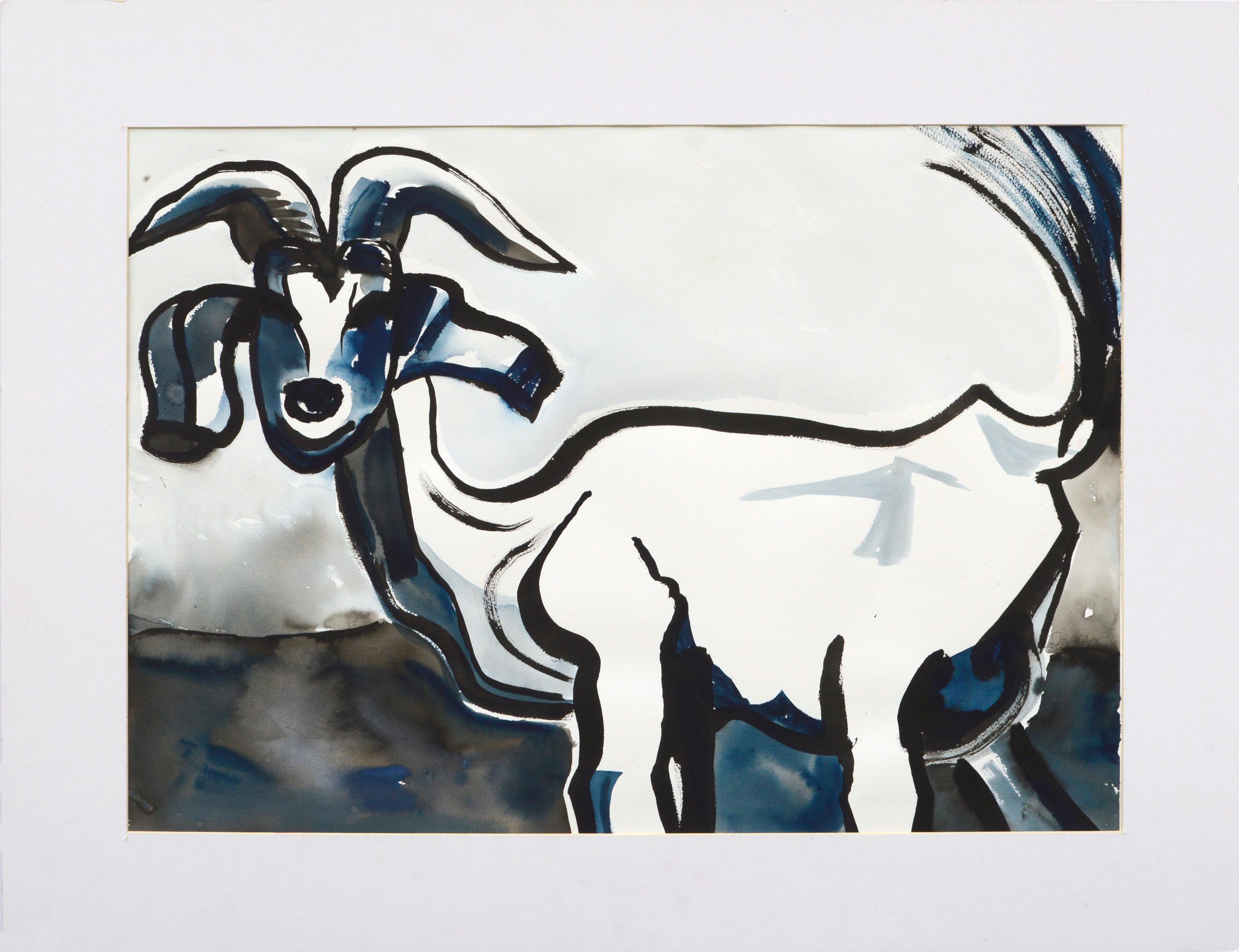
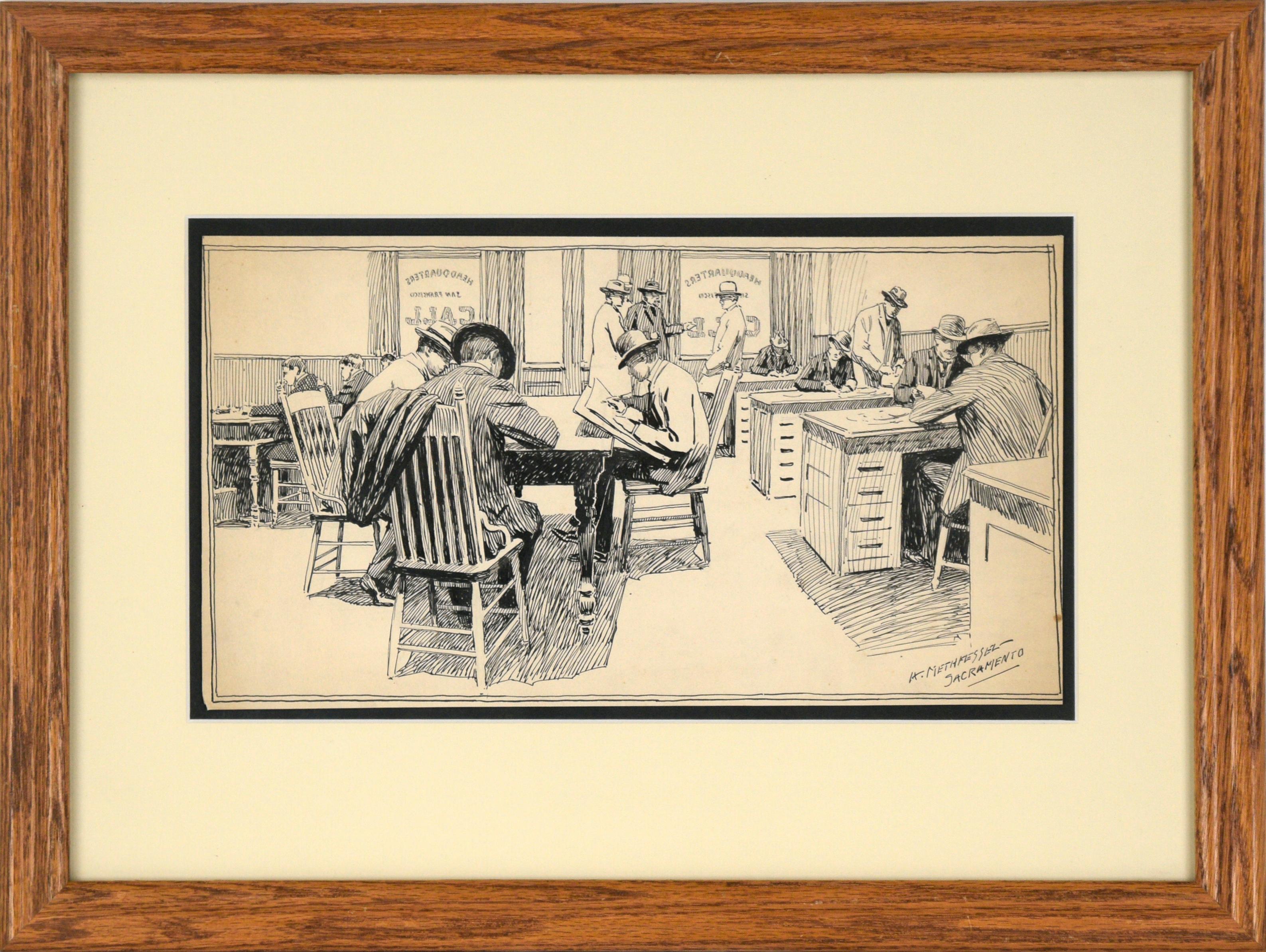
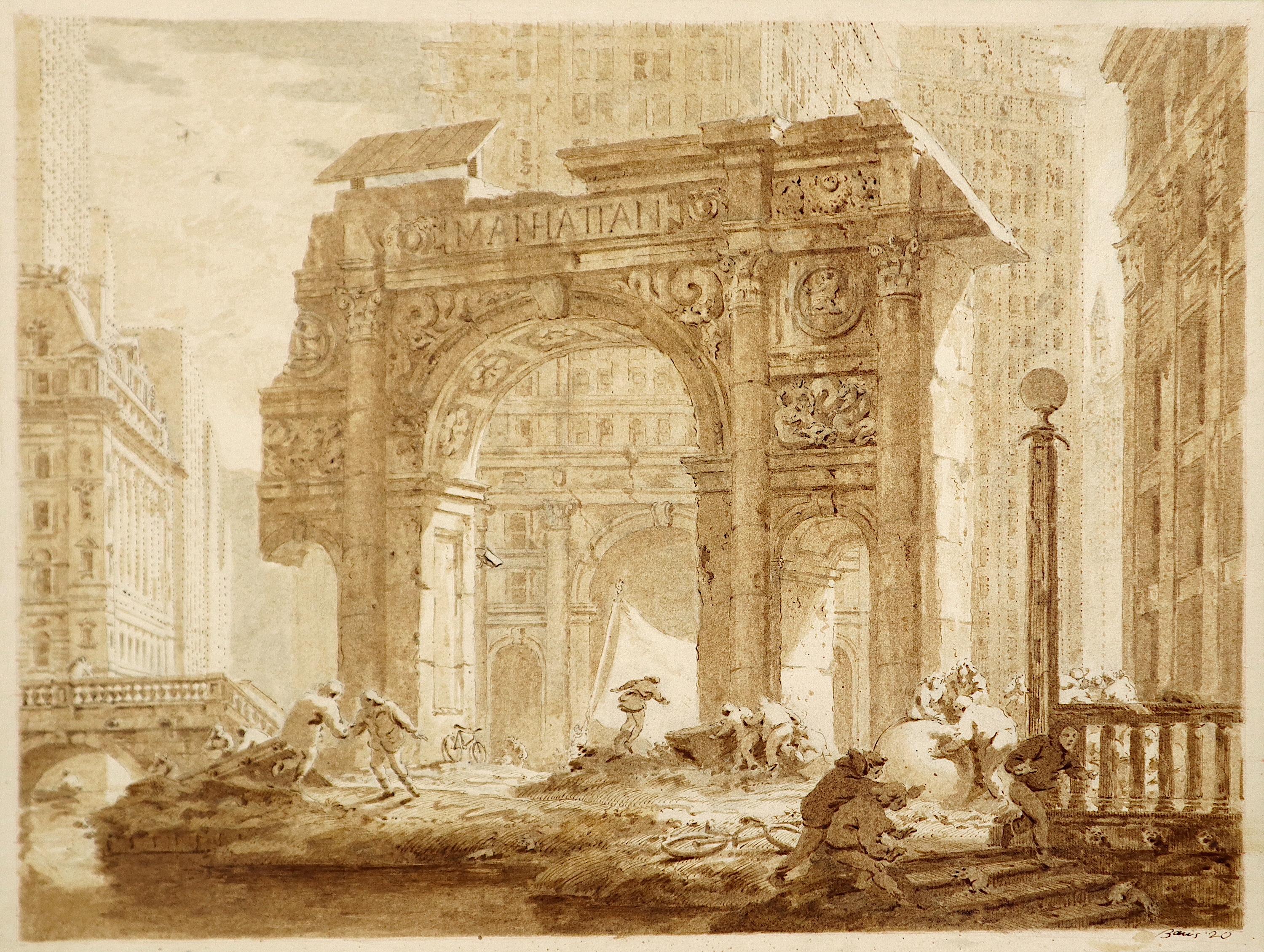
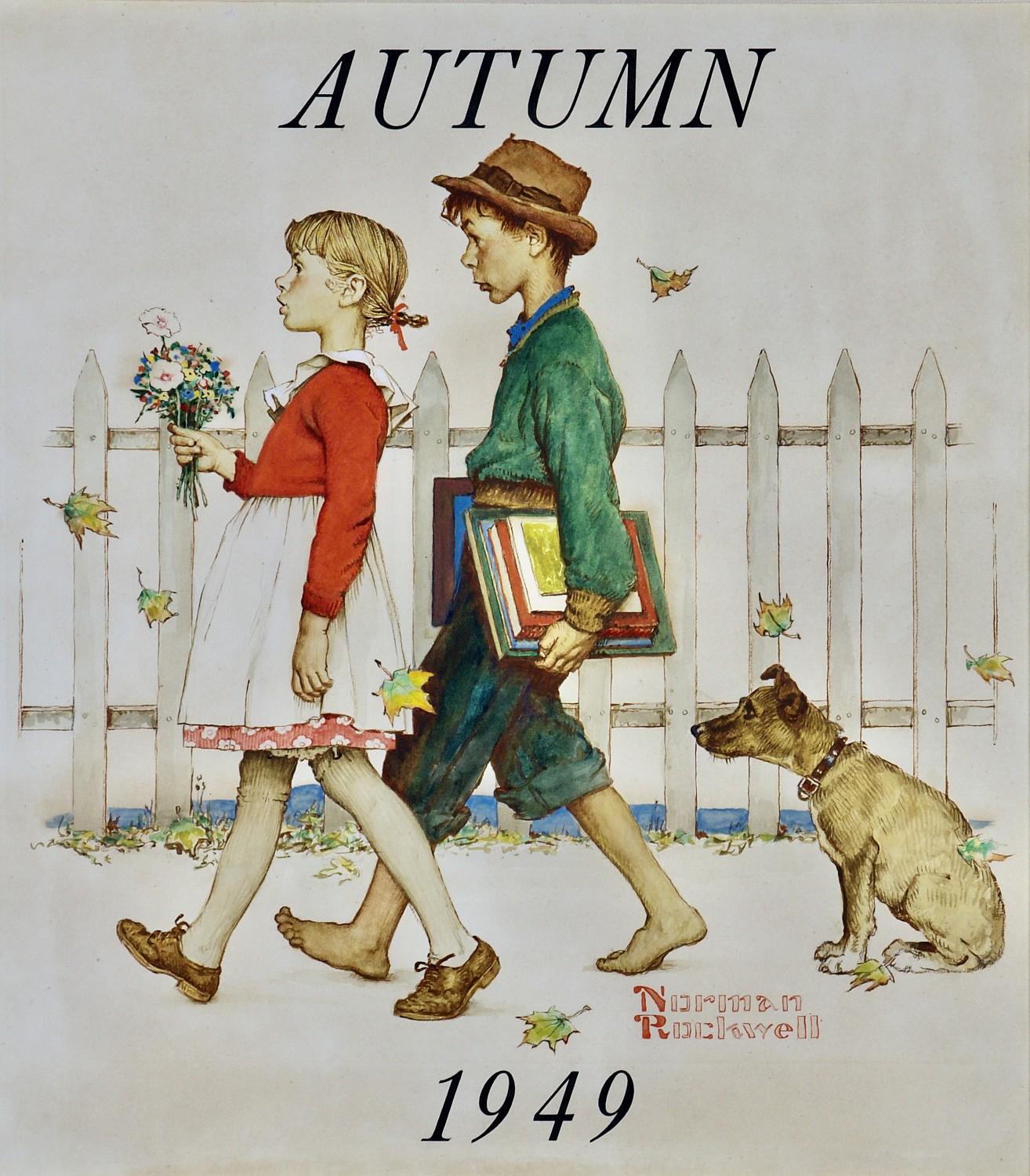
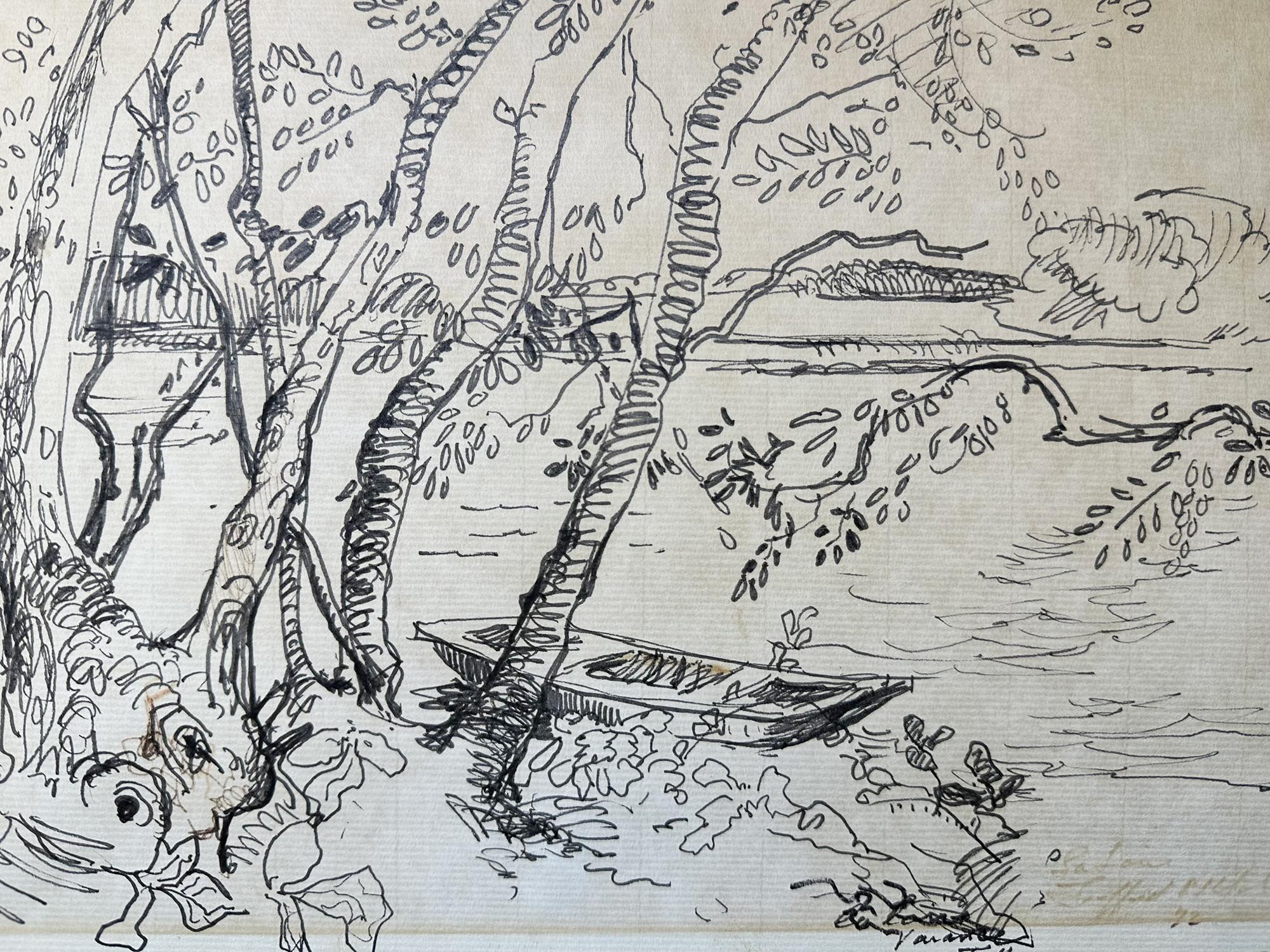
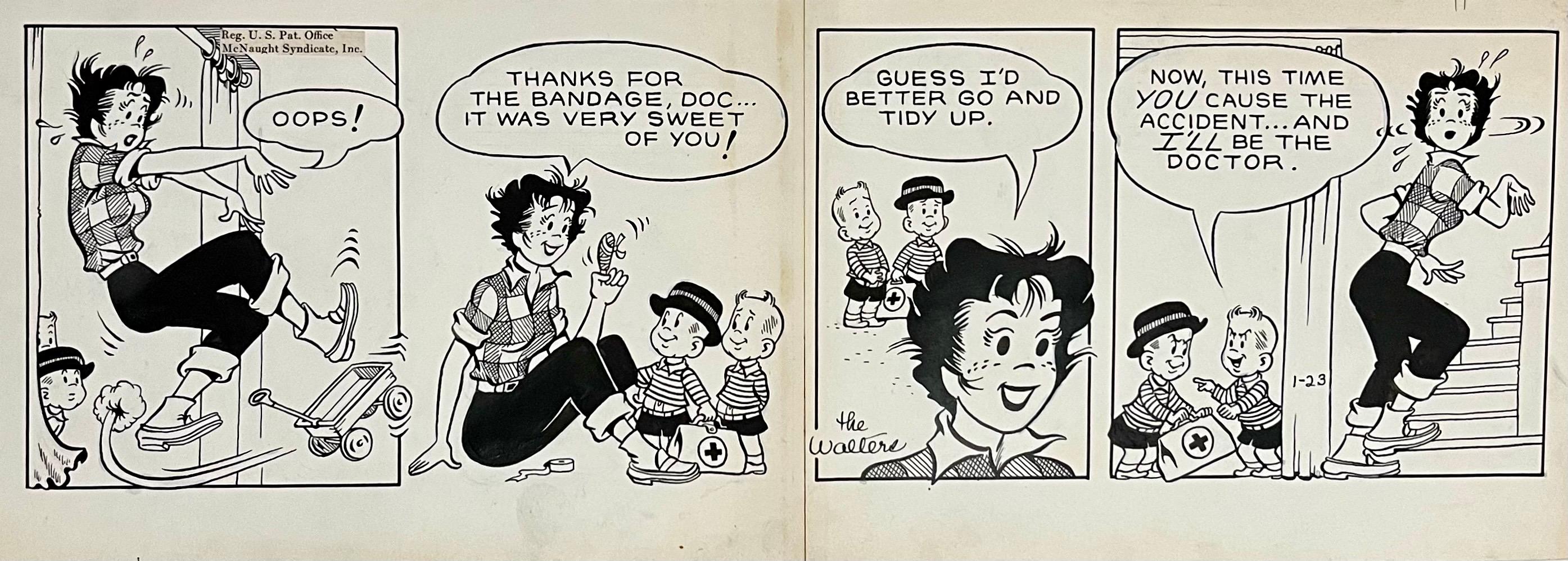

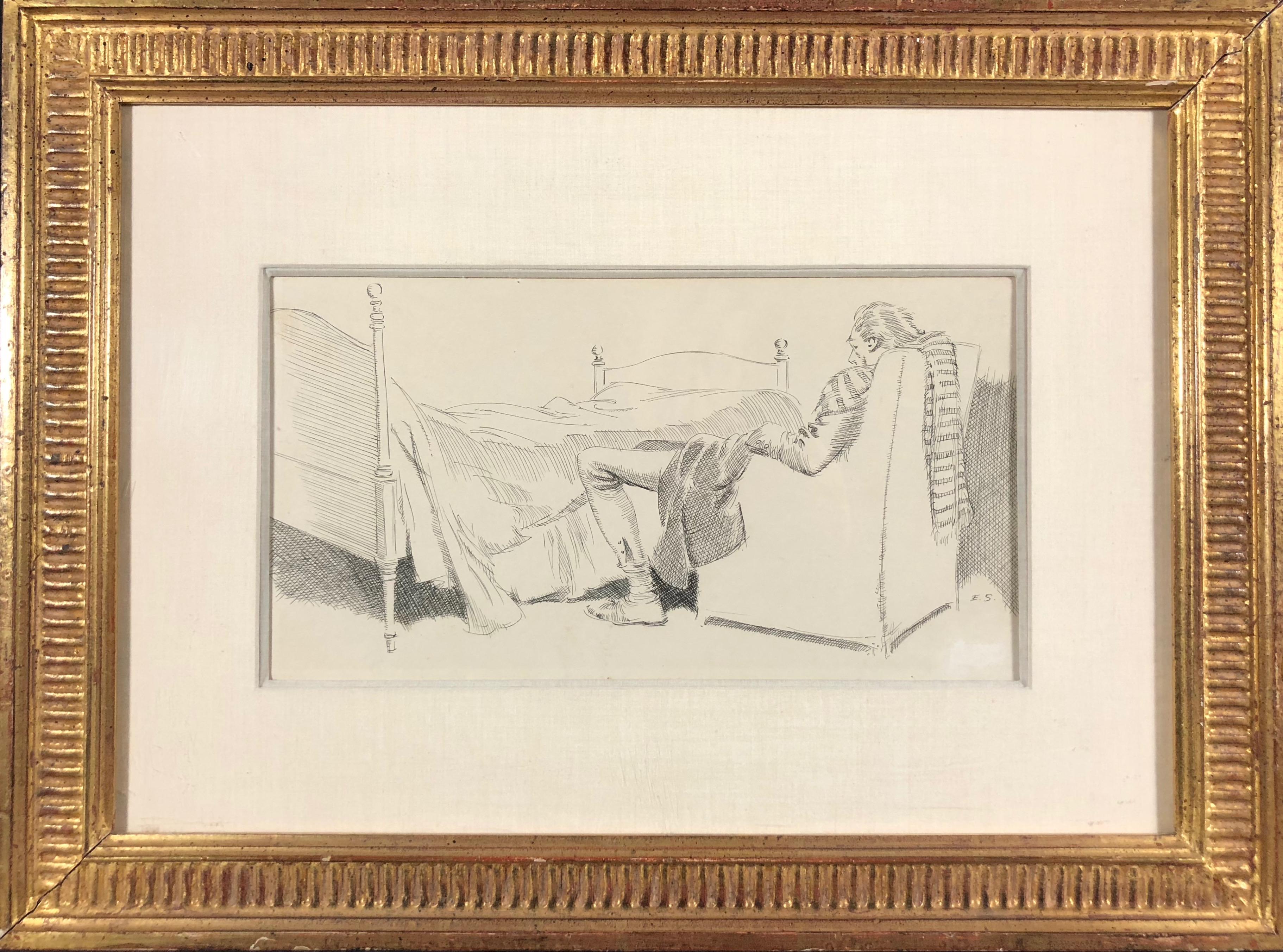
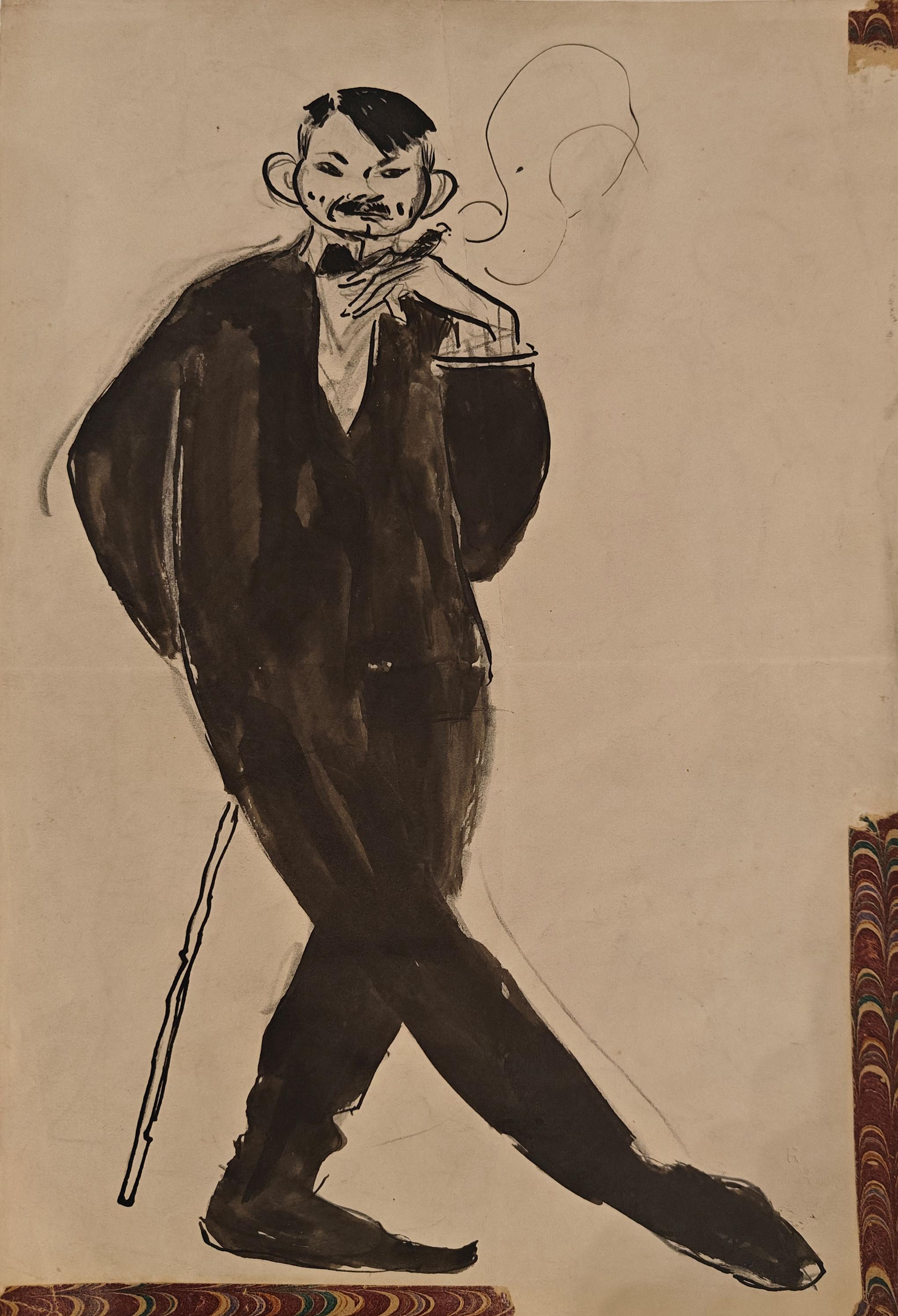
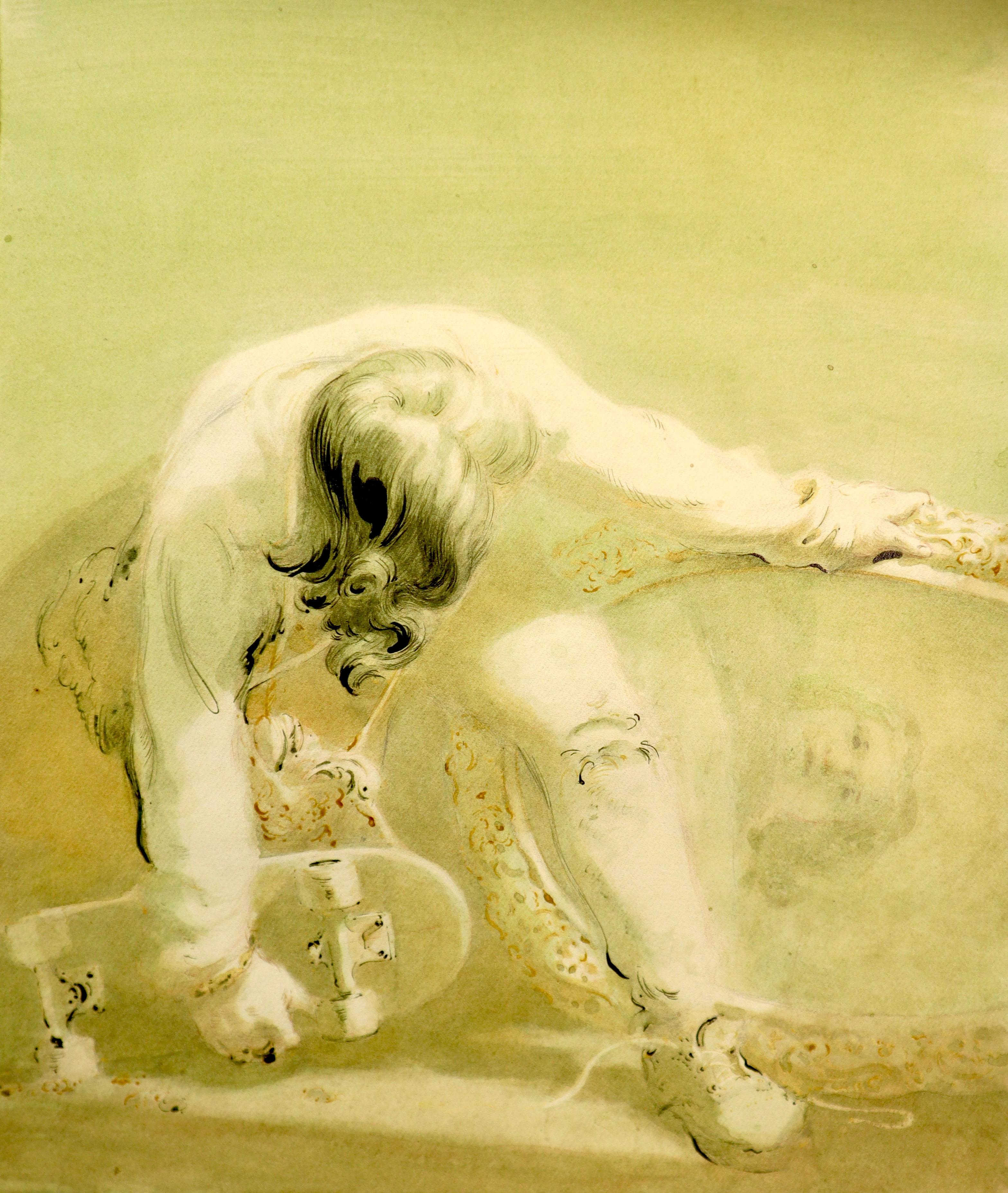
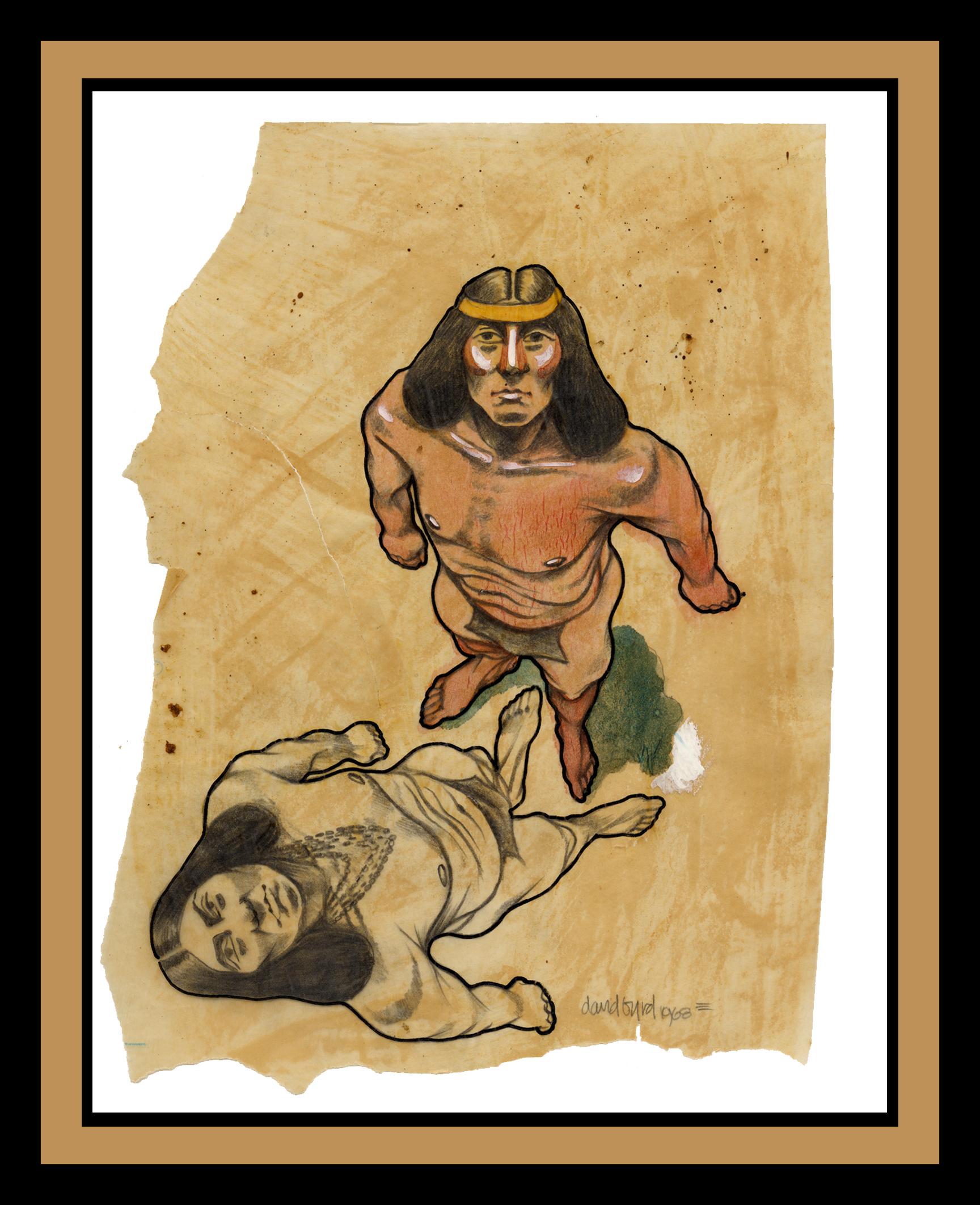
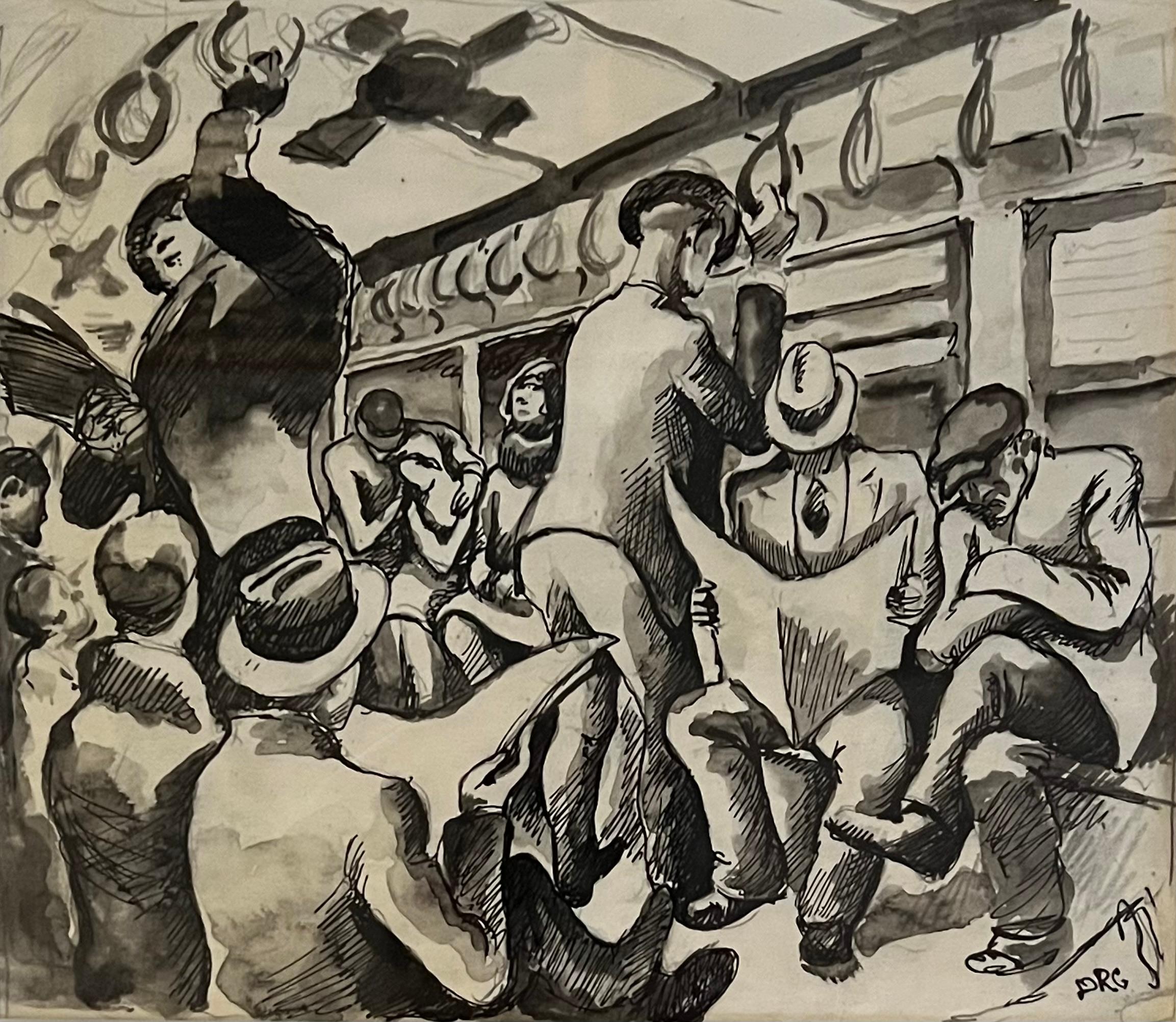
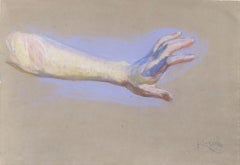
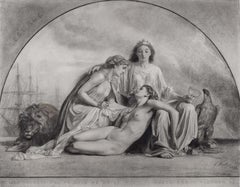
!["JOHN, CLIDESDALE" / "LEVATHAN AND COPPER BOTTOM" [275/276]](https://a.1stdibscdn.com/a_23/1661456235897/M_10163D_122_master.jpg?width=240)
!["ENDIA STEAMER / "SANTAFEE. LADY" [42/43]](https://a.1stdibscdn.com/a_23/1661455657872/M_10163D_022_master.jpg?width=240)
